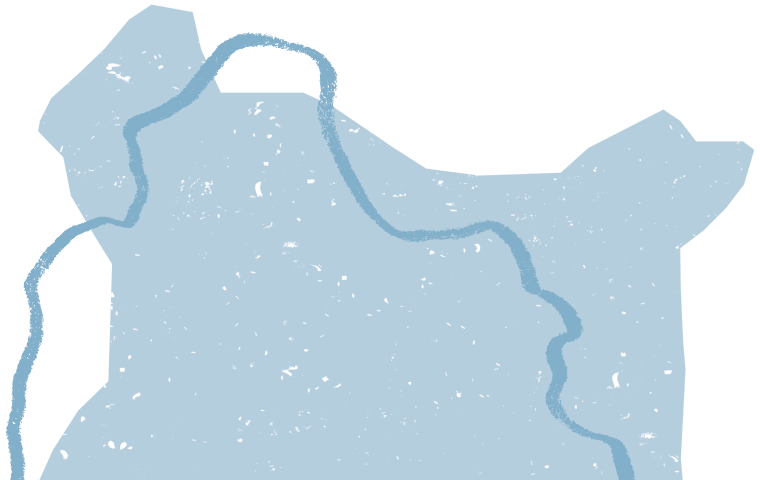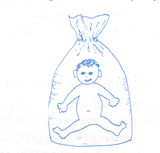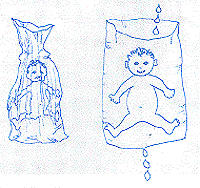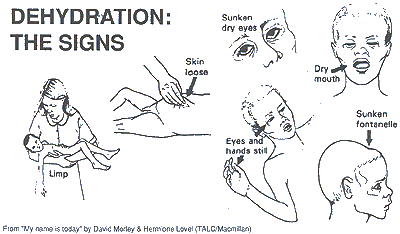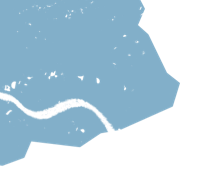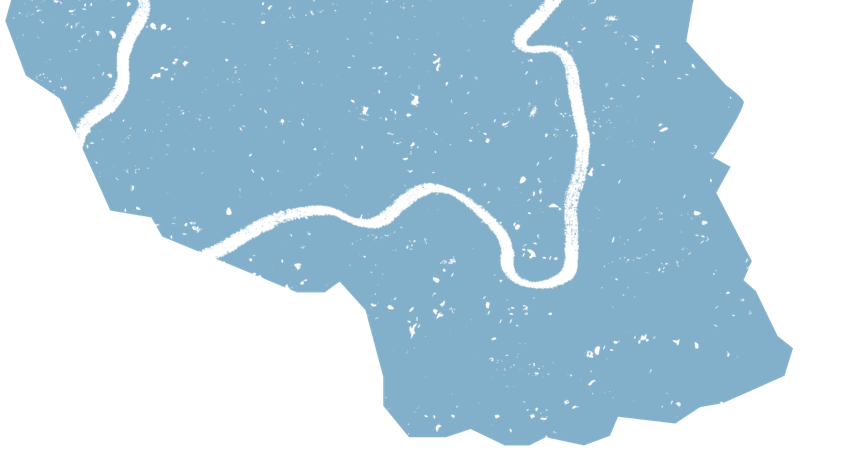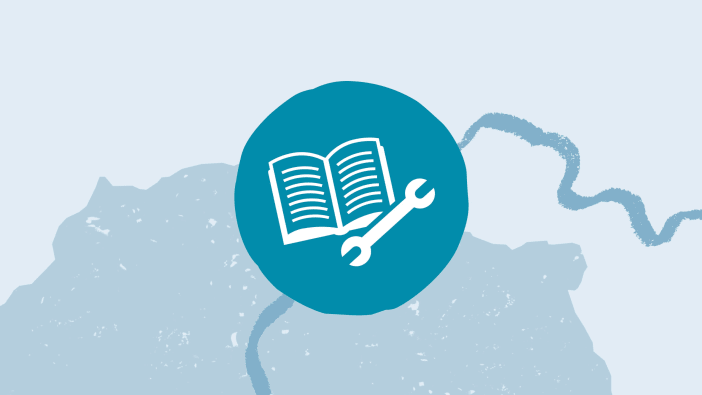The World Health Organisation has estimated that 80% of all sickness and disease in the world is caused through lack of clean water and poor sanitation.
This includes the effects of diseases carried by insects which breed in water, and diseases caused through lack of washing.One of the symptoms
Diarrhoea is just one of the symptoms of many of the diseases carried in water. It is the body’s way of trying to get rid of the infection. Diarrhoea is so common it often deceives parents and health workers. But one in ten children may die from it. If the water and salt lost through diarrhoea are not replaced, the body will become dehydrated. Medicines seldom help.
But there is a simple solution. Add a pinch of salt to 1 litre of clean water. Add a handful of sugar (6 teaspoons) because this helps the body to absorb the salt and water.
The proper balance of clean water, salt and sugar can put right nearly all attacks of diarrhoea.
Explaining the dangers
Here are two simple teaching aids which may help to convince mothers of the need to prevent dehydration.
Diarrhoea takes water from the body. Like a flower without water, the body droops.
Fill a plastic bag with water. Draw a picture of a happy baby on the bag with a water-proof felt tip pen.


